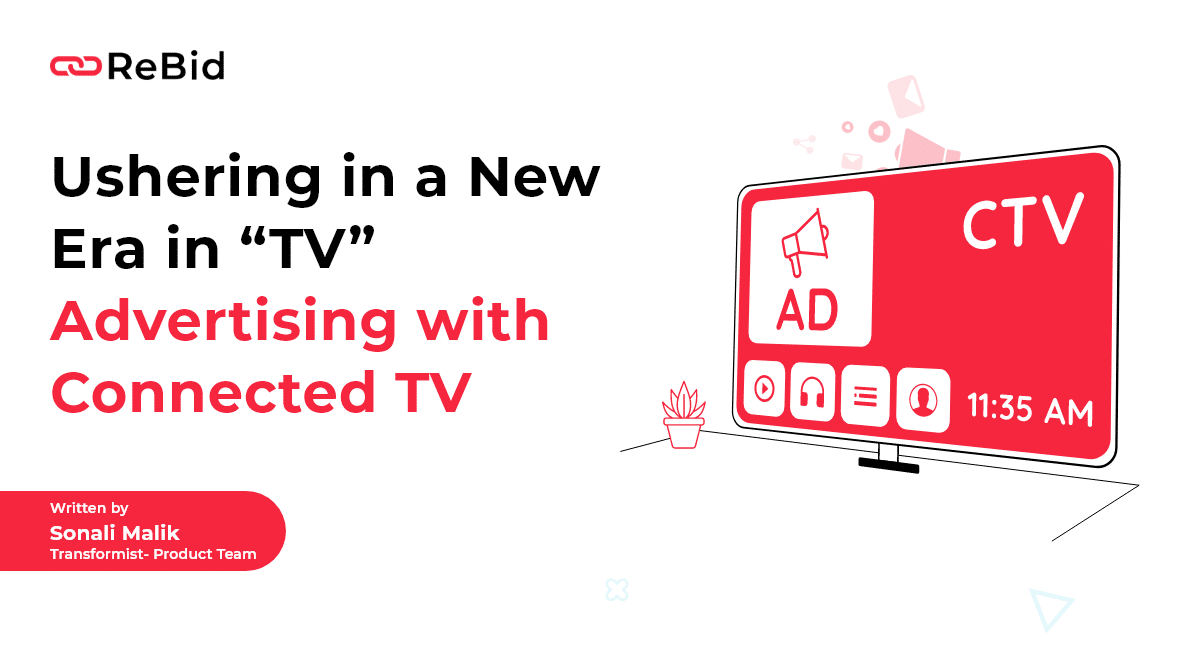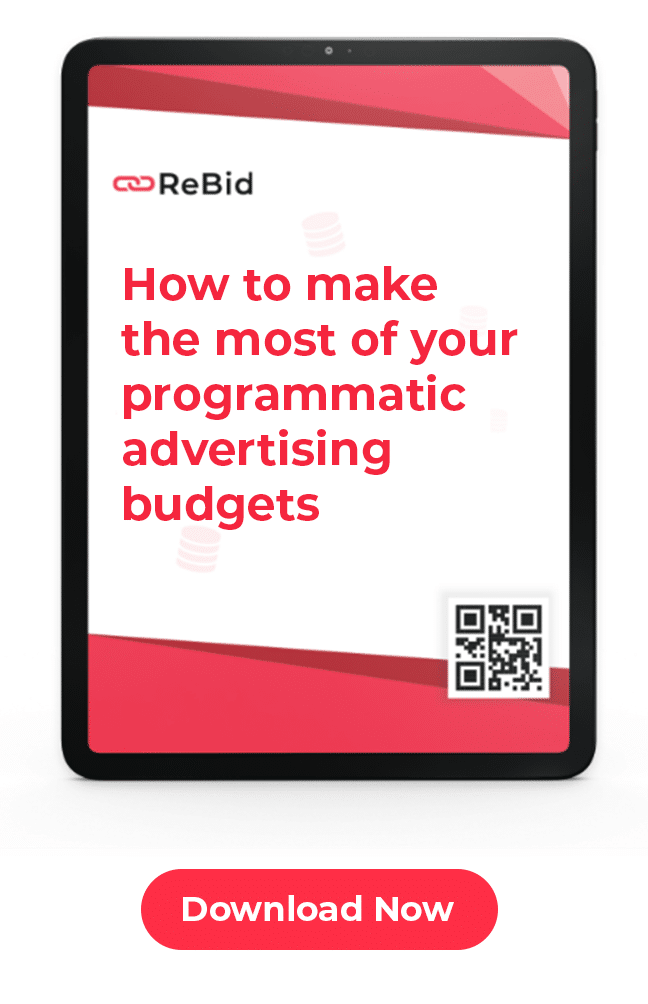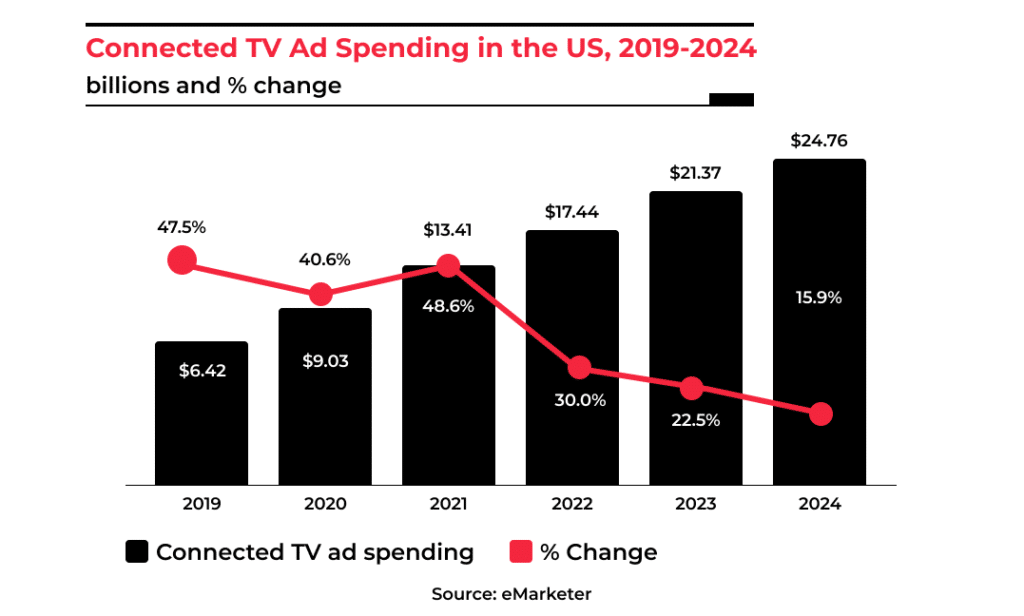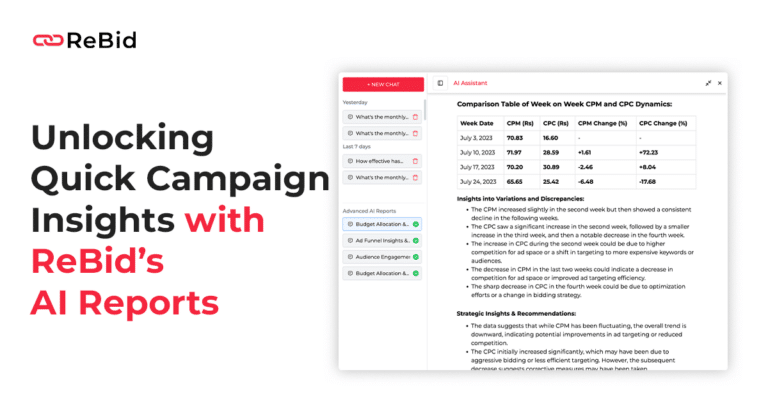Connected TV is the new buzzword, but what does it really mean for marketers? Lets dive down. The last two years of the pandemic have witnessed the advent of new technology players. Naturally, it has also seen the rise of new advertising strategies and techniques of creating content in the digital advertising landscape. Today, the most popular internet activities globally are watching a movie or a video, playing games, accessing emails and browsing social media. Consequently, one can only imagine the extent and volume of user based content available worldwide. Hence, now there is an unprecedented opportunity for advertisers to reach these content viewers across the vast digital portfolio. Naturally, there was never a better time for marketers to embrace and utilise digital advertising. There are a plethora of channels to deliver or broadcast your ads.
What is CTV?
Today, Connected TV (CTV) is a rapidly emerging advertising channel. It collectively refers to any video / TV content onto a TV set, via the internet. Naturally, CTV content can be both on-demand or Live. Users can access CTV through a smart TV, a plug-in device or a games console.
Recently, the industry has witnessed a steady digital migration of users from Traditional TV to Connected TV.
As 2021 progresses, CTV continues to gather momentum in its upward trajectory. It is strengthening its position as one of the most powerful media for advertisers. According to Statista, “In 2020, Connected TV advertising spends in the United States alone was valued at 9.03 billion US dollars. At current pace, Connected TV ad spend is expected to grow to 27.5 billion U.S. dollars by the end of 2025.”
Why Connected TV is an idea whose time has come
Now, let us see the reasons why marketers should consider advertising on Connected TV:
- One, Easy to integrate for display, social and search campaigns. It enables marketers to dynamically showcase relevant products and offers across home screens. In-stream video ads that appear from platforms like Hulu, Roku, YouTube and many more help achieve this.
- Secondly, CTV supports dynamic ads that advertisers can change on the go based on variables like locations, weather conditions etc.
- Third, it has precise targeting capabilities via 1st party data and contextual targeting capabilities, specifically for the post-cookie world.
- Targeting on Connected TV is more precise, allowing advertisers to serve different ads to viewers streaming the same show
- Direct Response on Connected TV is more intelligent, prompting users to take action while watching an ad
- Finally, 95% of video ads on Connected TV are non-skippable. So, the ad completion rate is high.
CTV is here to stay
According to IAB’s U.S. 2020 Digital Video Advertising Spend Report: “More than half of buyers are shifting dollars from Broadcast (53%) and Cable TV (52%) advertising towards CTV”
eMarketer reported that for upfront negotiations TV buyers had ramped up their ad spend for CTV by nearly 50%, totaling $4.5 billion in ad dollars.
As more inventory sources enter the industry, buyers that dive in now will have a head start and see better results for their marketing spends.
Why ReBid?
ReBid Desk, the DSP in the ReBid MadTech suite of products, offers marketers a customized programmatic platform to deliver ads across CTV devices globally along with other ad formats. It is a state-of-the art DSP allowing marketers to build their own AI models, offered as in-house or as a SaaS platform.
ReBid Desk has premium CTV inventory partners like Verve, Smaato, Brave and many more. With ReBid Desk, you can deliver impactful advertising to the rapidly growing digital content consumers at different points in the customer journey. You receive transparent and measurable analytics of your ad campaigns in real time.
Talk to us today to get started on your CTV advertising campaigns.







